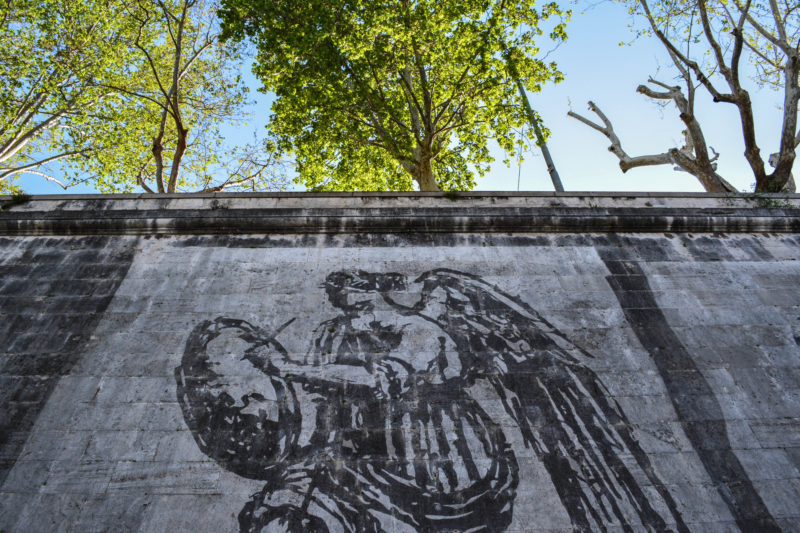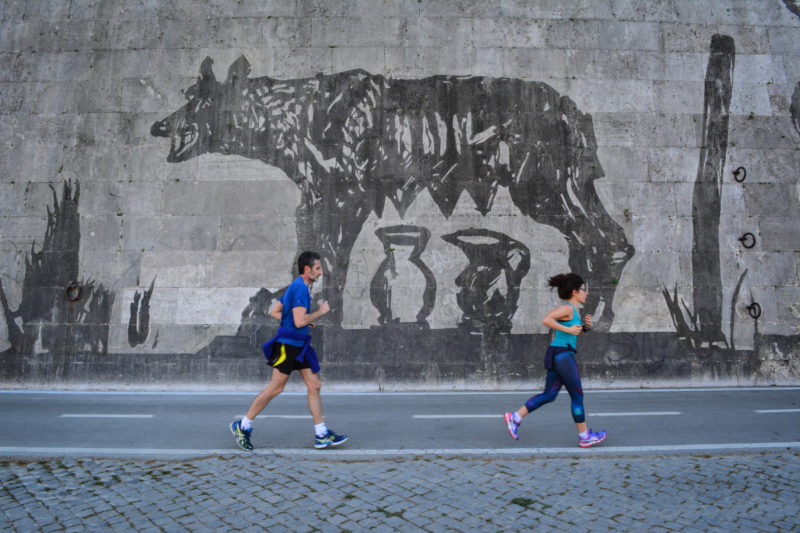
Introduction
Opened to the public in April of 2016, the Triumphs and Laments artwork is going to last through the ages – until it fades under the wear and tear of nature. Built on the river 1 banks of the Tiber River, this creative project naturally blends into the natural surroundings.


A walkway is built right along the river and the artwork adorns the wall adjacent to it. In the same way that it is not unusual for visitors to come across a Roman temple now used as a Christian church or a Corinthian column in use as a part of the modern architecture, this great frieze appears like it has been there since the beginning of time.


William Kentridge’s Triumphs and Laments
Through the Triumphs and Laments project, the artist, William Kentridge 2 has captured Roman history and simply put it on a wall. Using 80 pictures that follow no particular order, this artwork is a sneak peek into ancient culture, past eras and passing time.

As a visitor, one gets the impression that Rome is a mound of contamination turned into beauty as depicted by the various pictures that are easy to understand.


So accurate are the various pieces of history that one would have a hard time believing that Kentridge is, in fact, a South African. His work is world renowned because of his unique drawings, prints and animated films that bear astounding depth.
What does the work show?
Using the techniques of grafting and superimposition, the artist’s favorite style throughout his practice, Kentridge has brought art to life. He has in the past created projects such as the Drawings for Projection 34 (2005) which was unique for the images that changed and transformed into others.



Triumphs and Laments is part of this metamorphosis, not only because the viewer perceives the images to be in constant transformation but also because the entire art piece could tell a story in the typical film running time.

On the pictorial side is the story of the finding of Aldo Moro’s body 56 and Ecstasy of Saint Teresa 7 by Gian Lorenzo Bernini 89 (1598-1680) sit side by side in a space that has been recreated solely from emotive memory.
Analysis
Standing 10 meters high and 550 meters long, the frieze has a monumental feel to it – everyone that sees it never forgets it. The technique that was used to create it makes it deliberately fragile. Until it rubs itself off the stone, this art piece will be renewed by scrapping off the organic build-up deposited on the stone.
By choosing to create art over living matter, Kentridge gives his work a divine status because no man can govern how it is used, how it wears off, and how it is reconstructed.
